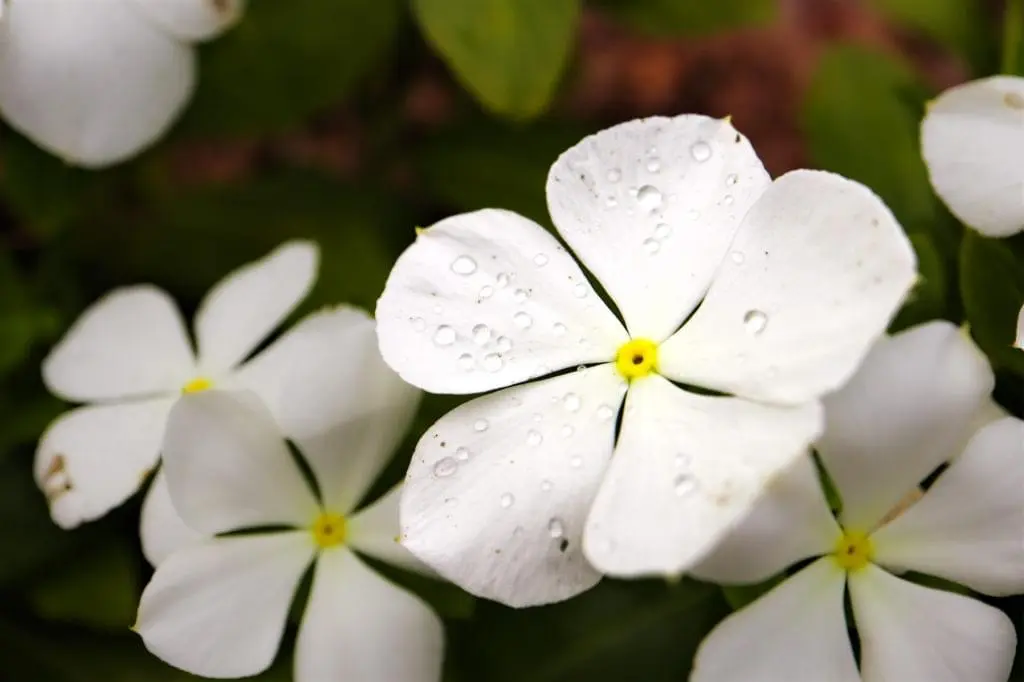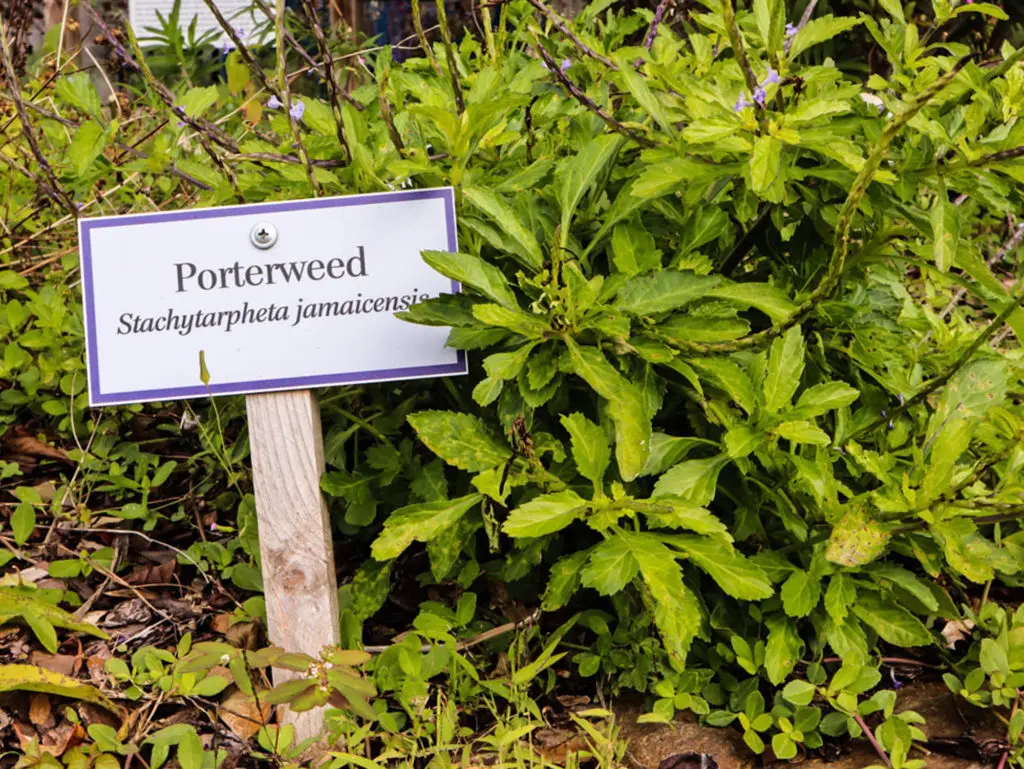by Amanda Rose Newton
Whether you are a plant parent newbie or a longtime plant aficionado, certain plant names may have seemed a bit of a mystery at times.
The classification model for naming plants, or botanical nomenclature, has frustrated gardeners and horticulturists alike for roughly 200 years. So why does it exist?
It all can be traced to one individual: LINNAEUS. If the name seems familiar to you, it should! The man got around! Not only did he devise our entire system for naming plants, but he’s responsible for discovering and naming 12,000 species of plants AND animals.
Speaking in Plant Language
While it may not seem like it offhand, Linnaeus did us all a huge favor by simplifying naming into just two words, also known as the binomial system (“Bi” in Latin means two and “nomen” means name).

The first part is akin to the last name of the plant, or the genus. Many individuals can have the same last name, so to tailor it to the individual, the second part– or specific epithet– is given to a solitary plant most of the time, but here is where frustration with taxonomy sets in.
You have probably come across a third name on plant labels. If it is in quotes, then it is referring to a cultivar. Annual and perennial fans are used to this!

Everyone’s favorite vinca, for instance, has dozens of cultivars:
Catharanthus ‘Cora White’
Catharanthus ‘Soiree Double White’
Catharanthus ‘Valiant Apricot’
All vincas, all white, 3 different names!
Occasionally, you may also run across a third name that has the abbreviation, “Var.” in front. This means this plant is a NATURALLY occurring variety, not cultivated.
Capitalization rules in Plant names
This is a good place to bring up capitalization rules (yes, more rules) in plant names. Genus is always capitalized, and the specific epithet is lowercased.
The cultivar name is capitalized whereas the variety name is not capitalized. It’s usually in good form to italicize the whole deal.

Back to our flowers, many species have several naturally occurring varieties including the popular hardy geranium:
Geranium sanguineum var. striatum
If you have been reading the blog for a while, or just happen to be a lover of herbs, you may have seen I often list many with “spp.”
Taking the place of the specific epithet implies that there are many species within this genus and is a great way to reference everyone at once.
Basil, for example, has many species, and it’s totally okay to refer to them all collectively. Just be sure to add that “spp.” afterward to cover your bases!
Ocimum spp.
Fruit lovers certainly have come across a hybrid or two! Those have their own way of being written, typically having the letter “x” in between the genus and the species. This indicates a cross occurred, causing an “in-between” version of the two separate species.
Citrus, a Florida staple, is famous for that:
Citrus x aurantium (Grapefruit)
Citrus x limon (Lemon)
Finally, you may come across another word after the genus and epithet that is not in italics or in quotations. This is reserved for the name of the person who discovered it.
If you have ever come across the letter “L” by itself, this is for Linnaeus, to save us from writing his name 1200 times.
Zea mays L. (Corn)
Why Not Common Names?
Common names are so much easier and straightforward. Most importantly they are familiar! The fact that they are familiar is part of the problem. What is familiar to you is not necessarily familiar to someone in California or Scotland or Thailand.
In fact, some plants have HUNDREDS of common names. Even just in one language! Imagine when you factor in all the languages all over the world, even something as ubiquitous as a rose can be difficult to interpret when not in your home language.
Speaking the language of plants is a way to ensure everyone is on the same page, no matter what their native tongue is. Taking the time to learn the botanical name of your plant is just like looking into a family scrapbook; usually it’s full of interesting stories, fantastic journeys, and tidbits that prove useful today.


